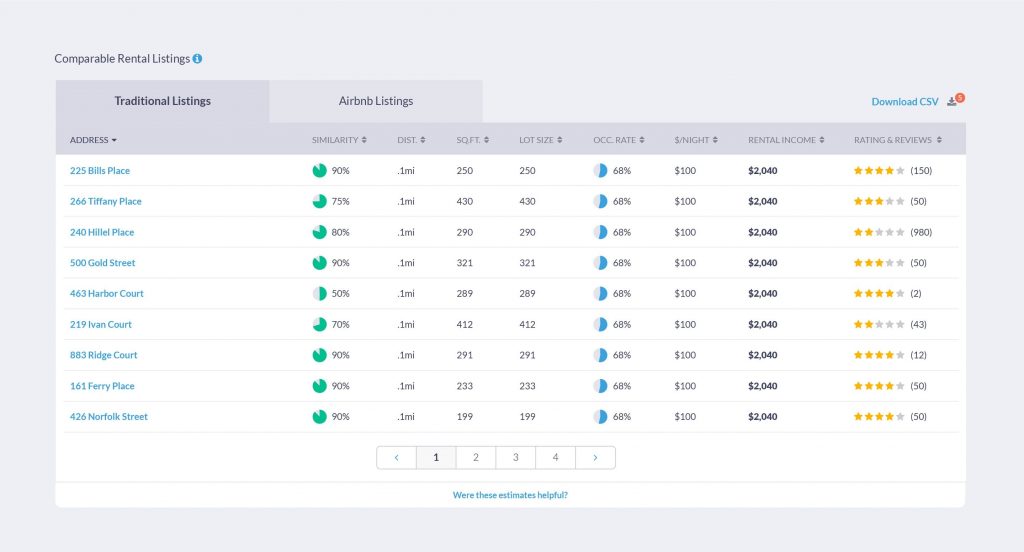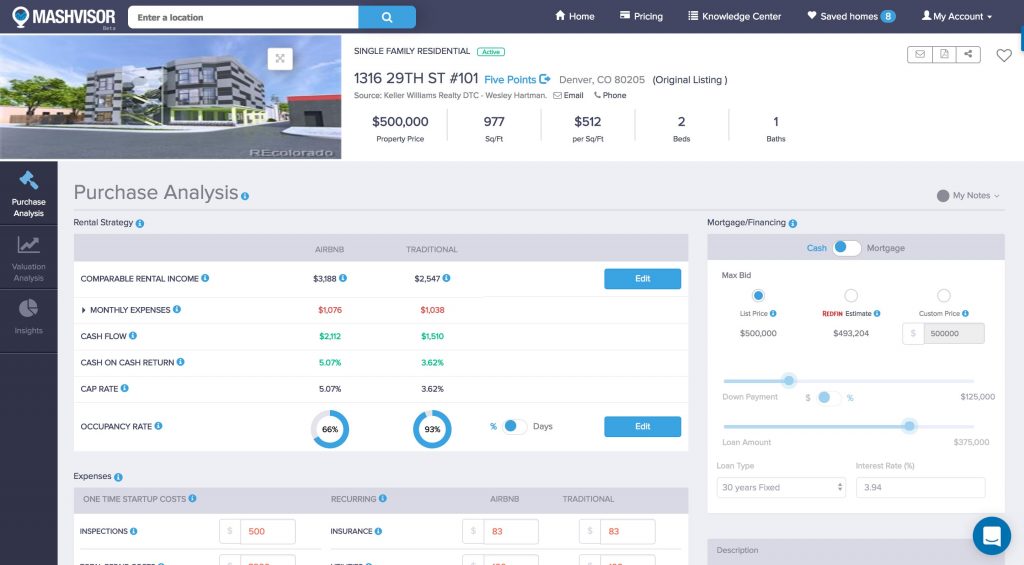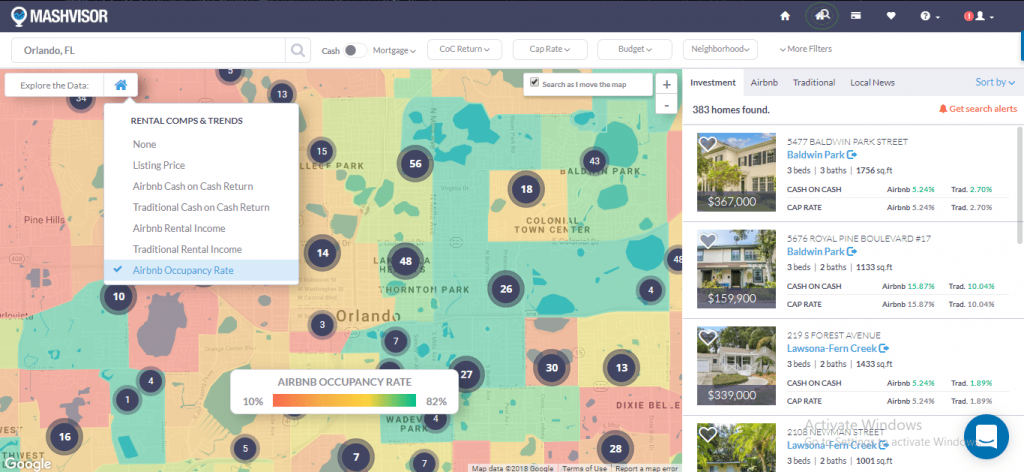You don’t need months to perform a comparative market analysis. With the right tools, it can be done in minutes!
Making money in real estate is not as easy as buying any property and renting it out; it has to be the right property in the right location. For this reason, property investors perform a comparative market analysis: the process of determining the value of an investment property by comparing it to other similar properties which were recently sold and in the same location. So, there are two parts to this process – investment property analysis and neighborhood analysis.
If you’re a beginner real estate investor, you may be thinking “This is going to take me months!” Using traditional methods, yes it would. With the help of real estate investment tools, on the other hand, it’ll take less than an hour. In this blog, I’ll walk you through how 3 specific tools will help you conduct a comparative market analysis quickly and still get accurate results.
1) Property Finder for Finding a Property and Comps
The first step to starting a real estate investing business is to actually find a property worth the investment. Traditionally, you’d have to hire a real estate agent to search for properties for sale. However, thanks to today’s technology, property investors can now find investment properties on their own using online tools. One of the best investment tools for this purpose is Mashvisor’s property finder – it’s highly customized, yet user-friendly and easy to use.
All you’ve got to do is select the city/cities where you’d like to invest, set the different available filters to determine your criteria (like the property type, number of bedrooms and bathrooms, budget, and rental strategy), and voilà. You’ll immediately see a list of the best investment properties that match your search criteria AND have high cash on cash return to start your comparative market analysis.
Next, a real estate investor has to find comparable investment properties (comps for short). These are the properties with which you’ll compare your investment property. You can use Mashvisor’s search engine to find properties that are close to yours. Alternatively, Mashvisor’s comparative market analysis report allows you to download an excel sheet report containing all the comparable listings in your real estate market of choice.

However, a few things must be taken into consideration. Real estate comps must be similar to the investment property in mind in terms of size, age, and type. Additionally, it’s recommended to find 3-5 comps that were sold within the past 3-6 months within a radius of 1-3 miles from your investment property to assure accurate comparative market analysis results.
Do you have a free Mashvisor account? Click here to use our Property Finder and find the best properties in a matter of minutes!
2) Investment Property Calculator for Analyzing the Properties
This is where the first part of the comparative market analysis begins. While our property finder allows you to find investment properties with a good cash on cash return, there are other real estate metrics that property investors need to obtain in order to really find the property’s potential for generating positive cash flow and making good returns. This is why you have to perform investment property analysis.
Keep in mind, you need to conduct this analysis on your target investment property and real estate comps. I can imagine that collecting data and analyzing properties upon properties will take a lot of your time and energy. This is why Mashvisor offers you the investment property calculator. If you’ve found a property with our search engine or property finder tool, you can access the property page and get all the data you need, readily calculated for your comparative market analysis.
Related: Investment Property Calculator for Analyzing Real Estate Investments
Besides the cash on cash return, the main metrics that our investment property calculator provides include the listing price, rental income, cap rate, occupancy rate, and cash flow. With this information, property investors can quickly determine the value of and the expected return on investment for each property.
 To start looking for and analyzing the best investment properties in your city and neighborhood of choice, click here.
To start looking for and analyzing the best investment properties in your city and neighborhood of choice, click here.
3) Heat Map for Analyzing the Neighborhood
The final step (and second part) of the comparative market analysis is analyzing the neighborhood where investment properties are located. As we all know, the location plays a major part for successful real estate investing. Basically, the profitability of a property depends on the profitability of its location. We’re not only talking about the larger real estate market, but also the neighborhood.
In this stage of the comparative market analysis, a real estate investor has to analyze the gathered data to calculate the average performance of investment properties in the neighborhood. After that, you need to make separate lists to calculate the averages per property type, size, or age so that you can identify which property type is performing above that neighborhood’s average. The final step is to compare all properties of that type to see which ones are performing best.
Related: Real Estate Investing for Beginners: A Guide to Neighborhood Analysis
To save you a lot of time and effort, use our heat map. This real estate investment tool uses visual cues to find the property that you’re looking to invest in and determine the strengths and weaknesses of its neighborhood. Using different filters, you can identify how different neighborhoods are performing. These filters include the listing price, cash on cash return, cap rate, rental income, and Airbnb occupancy rate. This allows you to find the best locations when searching for an investment property.

The Bottom Line
In this competitive real estate investing business, successful property investors are those who are using the best tools to perform a comparative market analysis and find the best properties in the best locations. Want to become one of those investors? Sign up with Mashvisor and get access to our investment tools to get started. To start out your 7-day free trial with Mashvisor, click here.
Do you have questions about Mashvisor? Click here to read our FAQs and learn about our tools.